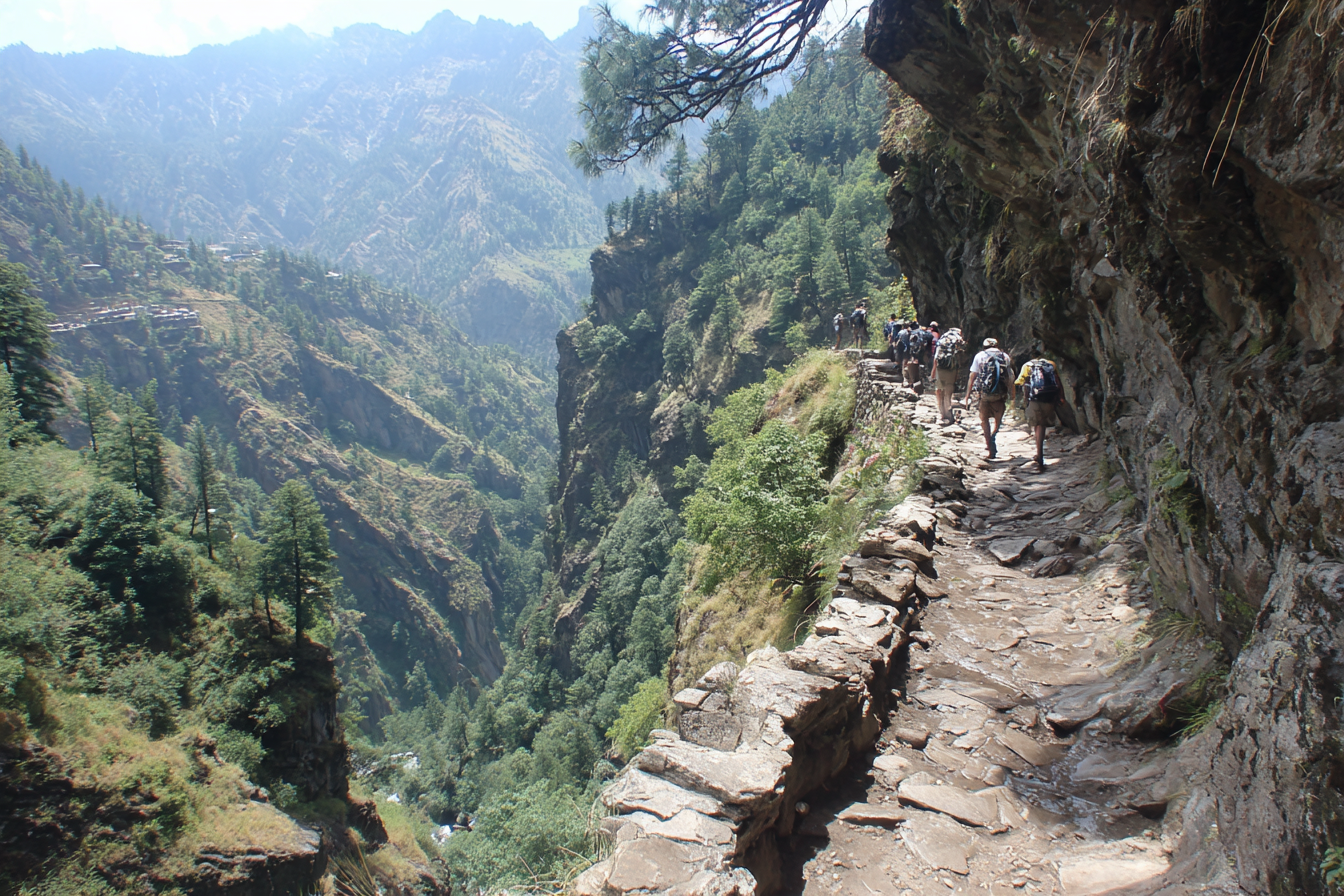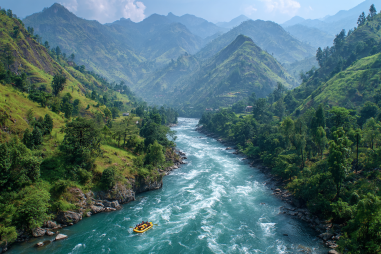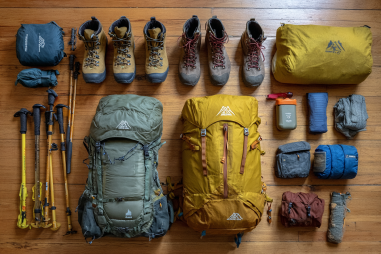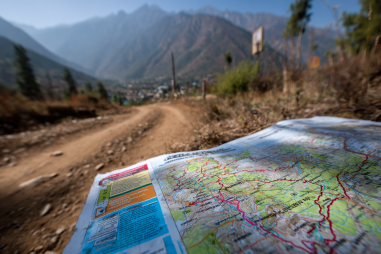The Annapurna Base Camp (ABC) trek is one of the most popular trekking routes in Nepal, attracting adventurers from all around the world. Known for its stunning panoramas of the Annapurna mountain range and diverse cultural experiences, it offers a rewarding challenge. However, before setting out, it’s essential to understand the difficulty level of the trek to ensure it’s suitable for your fitness and experience. This article explores the physical and mental demands you’ll encounter on the trail and provides practical tips to help you prepare effectively and complete the trek safely.
Overview of the Trek’s Physical Demands
The Annapurna Base Camp trek typically spans 7 to 12 days, depending on your starting point and pace. While the route is considered moderate compared to higher-altitude treks in the region, it still requires a solid level of physical endurance. Trekkers walk an average of 4 to 7 hours daily, covering uneven terrain that includes forest paths, rocky tracks, and steep ascents.
Physically, the main demands come from continuous uphill trekking, carrying a light daypack, and adapting to changing altitude conditions. Your muscles, joints, and cardiovascular system will be engaged intensely, especially during days with significant elevation gains. It’s also important to remember that you’ll be walking at a higher altitude than usual, which naturally makes physical exertion feel more strenuous.
Terrain and Altitude Factors
The trek involves varied terrain, ranging from subtropical forests at the beginning to alpine landscapes near the base camp. Trails can be muddy or slippery during the monsoon season and icy in colder months, adding to the challenge. While well-marked and maintained, the trail includes sections with loose rocks and narrow mountain paths that require good balance and careful footing.
Altitude plays a crucial role in the difficulty of this trek. Annapurna Base Camp sits at approximately 4,130 meters (13,550 feet). Starting at about 1,100 meters (3,600 feet) in Nayapul, you gradually ascend through villages like Ghorepani and Chhomrong, gaining both elevation and exposure to thinner air. Altitude sickness is a real risk that affects both beginners and experienced trekkers if proper acclimatization isn’t practiced.
Daily Distance and Elevation Gain
The trek’s daily distances vary, usually between 8 and 15 kilometers (5–9 miles), depending on your itinerary. Some days involve steep climbs, especially when ascending from places like Chhomrong to Deurali or from Bamboo to the high camp at Annapurna Base Camp.
Typical elevation gains per day can range from 300 to 1,000 meters (about 1,000 to 3,300 feet). While some days are more relaxed and allow for recovery, others push your stamina with sustained climbing. It’s important to pace yourself, listen to your body, and avoid rushing, which helps mitigate fatigue and altitude-related issues.
Fitness Levels Recommended
The ABC trek is suitable for fit beginners who have some experience with hiking or walking long distances, but intermediate trekkers with good cardiovascular fitness and leg strength will find it more manageable and enjoyable. To prepare, it’s recommended that trekkers engage in regular aerobic exercises like running, cycling, or swimming to build stamina.
Strength training targeting your legs, core, and back can make carrying your backpack and maintaining balance easier. Practice hikes or walks on uneven terrain with a loaded daypack help simulate trekking conditions and condition your body for real trail demands.
How Altitude Affects Difficulty
Altitude significantly impacts how difficult the trek feels. As you climb higher, the air contains less oxygen, making breathing harder and increasing fatigue. The lower oxygen levels reduce your body’s efficiency, slowing down physical performance. Symptoms like headaches, dizziness, nausea, and shortness of breath may surface if acclimatization is not managed properly.
To reduce the effects of altitude sickness, follow recommended acclimatization schedules by spending extra nights at key stopovers like Chhomrong or Landruk. Hydrating well, eating light, and avoiding alcohol and smoking also help your body adapt.
Mental Challenges Along the Trail
Physical endurance is only part of the challenge. Mental resilience plays a crucial role in completing the Annapurna Base Camp trek. Days can be long and tiring, weather conditions can change rapidly, and isolation in remote areas might affect morale. The monotony of trekking all day, coupled with basic facilities and limited connectivity, can also test your patience and motivation.
Stress from altitude sickness or unexpected trail delays is another mental hurdle. Staying focused on your goal, practicing mindfulness, maintaining a positive attitude, and trekking with supportive companions or guides can make a big difference in overcoming these challenges.
Preparation Tips for Beginners and Intermediate Trekkers
Proper preparation is key to enjoying the Annapurna Base Camp trek without unpleasant surprises. Here are several tips to help you get ready:
- Start training early: Begin your fitness regimen at least 6 to 8 weeks before your trip, focusing on endurance, strength, and flexibility.
- Invest in good gear: Comfortable hiking boots, moisture-wicking clothing, trekking poles, and a suitable backpack improve your trekking experience and reduce injury risk.
- Plan your itinerary mindfully: Allow rest and acclimatization days to minimize altitude sickness risk.
- Consult your doctor: Especially if you have pre-existing medical conditions or need advice on altitude illness prevention.
- Practice mental readiness: Visualize the trek, prepare for challenges, and set realistic expectations.
Advice for Managing Fatigue and Acclimatization
Managing fatigue and properly acclimatizing are essential for safety and success. Here’s how you can do that:
- Don’t rush: Stick to the recommended pace and avoid pushing yourself too hard on ascent days.
- Hydrate regularly: Drink plenty of water to combat dehydration, a common altitude-related issue.
- Eat balanced meals: Take in adequate carbohydrates and proteins to fuel your body.
- Take rest breaks: Short, frequent breaks during trekking help maintain energy levels.
- Listen to your body: If you experience severe symptoms like persistent headache or nausea, descend immediately.
- Consider medication: Some use acetazolamide for altitude sickness prevention, but consult your healthcare provider first.
Safety Precautions and When to Turn Back
Safety should always be your top priority. Watch for warning signs of altitude sickness, dehydration, or injury. Some key precautions include:
- Always inform someone: Let your guide or trekking partner know your plans and health status.
- Carry a basic first aid kit: Include essentials like painkillers, antiseptics, and blister treatment.
- Have emergency contacts handy: Know the location of rescue facilities and how to reach them.
- Be prepared to turn back: If you or a companion experience serious altitude sickness symptoms (like confusion, breathlessness, or inability to walk), descending is the safest option.
- Stick to marked trails: Avoid taking unnecessary risks by venturing off established routes.
Remember, choosing to turn back is not a failure but a responsible decision to protect your health.
Is This Trek Right for You?
The Annapurna Base Camp trek offers a magnificent journey filled with natural beauty and cultural richness, but it comes with realistic challenges. If you’re physically fit or willing to train and mentally prepared for long days and high altitude, the trek can be an incredibly rewarding experience. It’s well suited for beginners with some preparation and intermediate hikers looking for a moderate-to-strenuous adventure.
Ultimately, assessing the trek’s difficulty depends on your current fitness, trekking experience, and comfort with altitude exposure. By understanding the physical and mental demands, preparing thoroughly, respecting your body’s limits, and taking safety precautions seriously, you can enjoy the spectacular Annapurna region without unnecessary hardship.
So, lace up your boots, train well, pack smart, and you might just find that the Annapurna Base Camp trek is not only doable but one of the most memorable treks you’ll ever undertake.







